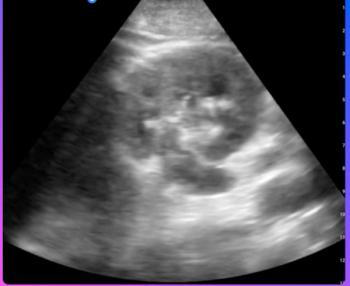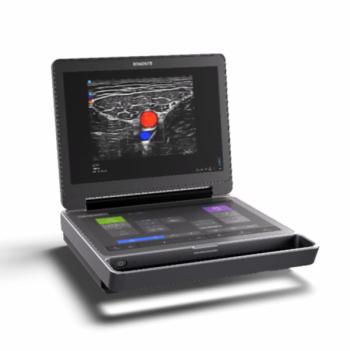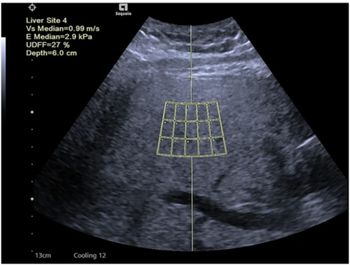
Strain ratio adds objectivity, improves sensitivity in ultrasound elastography
Adding strain ratio measurement to ultrasound elastography would provide a more objective way to differentiate benign from malignant breast lesions than a five-point scoring system now being used, according to a study presented at the European Congress of Radiology in March.
Adding strain ratio measurement to ultrasound elastography would provide a more objective way to differentiate benign from malignant breast lesions than a five-point scoring system now being used, according to a study presented at the European Congress of Radiology in March.
From January 2008 to April 2009, 559 lesions from 428 consecutive patients were diagnosed by ultrasound elastography. The strain ratio of the lesion was calculated. Final diagnosis was confirmed by histopathology. The receiver operating characteristic (ROC) area under the curve and cutoff point were used to assess diagnostic performance.
The benign lesions produced a mean strain ratio of 1.83. Malignant lesions produced a mean strain ratio of 8.38. When the researchers used a cutoff point of 3.05, ultrasound elastography had 92.4% sensitivity, 91.1% specificity, and 91.4% accuracy. The sensitivity was higher than the five-point scoring system, the study authors said.
Newsletter
Stay at the forefront of radiology with the Diagnostic Imaging newsletter, delivering the latest news, clinical insights, and imaging advancements for today’s radiologists.




























